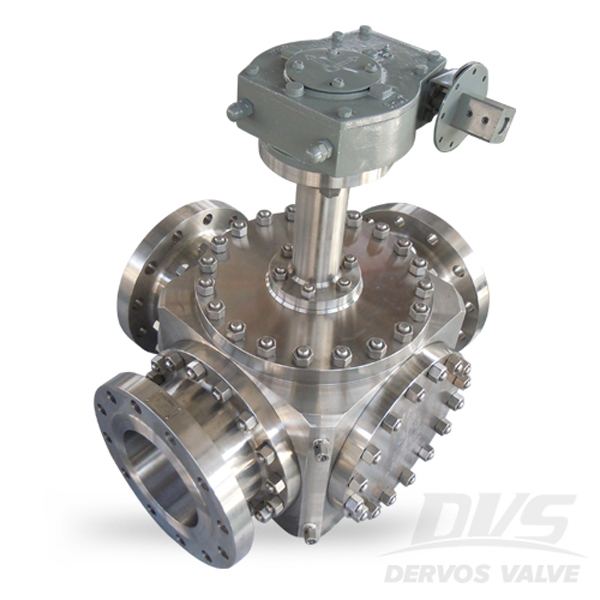Payment:
30% T/T When Order, 70% T/T Before ShipmentProduct Origin:
ChinaColor:
CustomizationShipping Port:
Shanghai ChinaLead Time:
35~60 days Ex Works After Order ConfirmationMaterial:
Stainless Steel Ball Valve, A182 F304Method of Operation:
Manual Ball ValveThe 3 way T type ball valve owns flange connection, gearbox, ss304 body, ball and stem. The 3 inch flanged ball valve features in its T type three way ports which could connect any pair of ports or three ports together.
Quick Detail
|
Type |
Ball Valve |
|
Size |
3" |
|
Pressure |
ANSI 300 |
|
Construction |
Three Way Ball Valve |
|
Connection |
Flanged Connection |
|
Operation Mode |
Gearbox |
|
Body Material |
A182 F304 |
|
Manufacture and Design |
API 6D |
|
Pressure & Temp |
ASME B16.34 |
|
End to End Code |
ASME B16.10 |
|
End Connection |
ASME B16.5 |
|
Inspection |
API 6D, API 598 |
|
Temperature Range |
-29℃~+200℃ |
|
Medium |
WOG |
Related Knowledge
What is the difference between T port and L port 3-way ball valve?
Normally speaking, 3-way ball valve can be divided into T type and L type.
A T port three-way ball valve can connect any two ports, and even connect all three ports together at the same time. However, an L port three-way ball valve can only connect the center port with either side port or disconnect three ports.

FAQ
1. Can the orders always be delivered on time?
Our purchasing team follows up very closely with each order to make sure on-time delivery for most of orders. In 2018, more than 90% orders were delivered on time, and we are dedicated to doing better.
2. What’s the normal delivery lead time?
For normal material, usually the delivery time is about 35~40 days, and for forged material, the delivery can even be shortened to 20~25 days. We believe the short lead time can make our offer more competitive and help you secure more orders.
3.Do you have different price levels for us?
With our numerous suppliers, different price levels are available with us, so we are able to help you win more customer from different markets requesting for high, medium and low prices.
If you are interested in our products and want to know more details,please leave a message here,we will reply you as soon as we can.